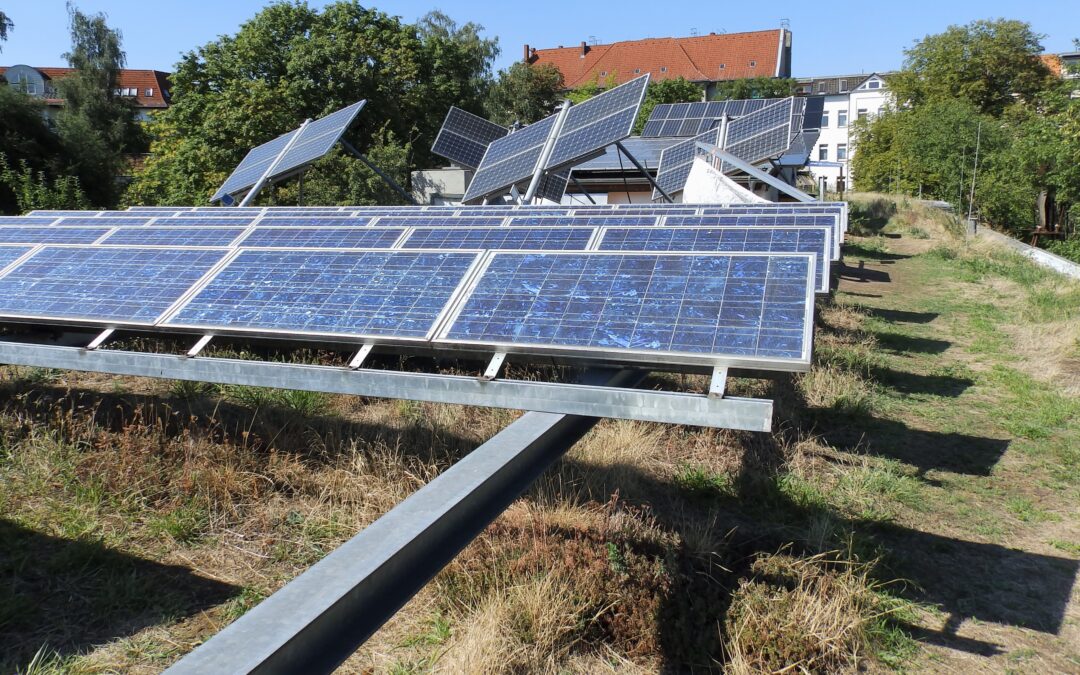It is a generally accepted requirement that green buildings combined with photovoltaic (PV) energy generation should be increasingly used in cities. However, photovoltaics, the necessary substructure and greening structure must be carefully coordinated. The aim of this dissertation is to scientifically investigate this alignment and to derive recommendations for the combination of building greening and PV.
The following methods were used for this purpose: Literature research and analysis as well as field experiments on plant growth, the interaction of technical components and microclimatic effects.
Basic principles for the interaction of substrate height, plant selection and PV substructure were elaborated. The design of the substructure and the planting represent the key elements for the function and functionality of the combined application.
In addition, a solution is presented on how to create value for people through the combination of PV and green roofing: A high PV substructure makes the underlying surface accessible and allows the creation of an intensive rooftop garden.
This form of PV rooftop garden can increase the comfort level for people and thus the potential length of time spent outdoors.
Depending on the orientation, type of attachment and intended use, the simultaneous attachment of different solutions to one object (e.g. extensive PV green roof, PV roof garden, façade greening, shade elements made of PV modules) is a promising option for the optimal occupancy of building envelopes.
The final provided component catalog for the photovoltaics, substructure and greening present an overview of the combinable elements and provides inspiration for future use.
Download of full text (partly in German): https://tinyurl.com/2eh7v5nn
Foto: ©Manfred Köhler

